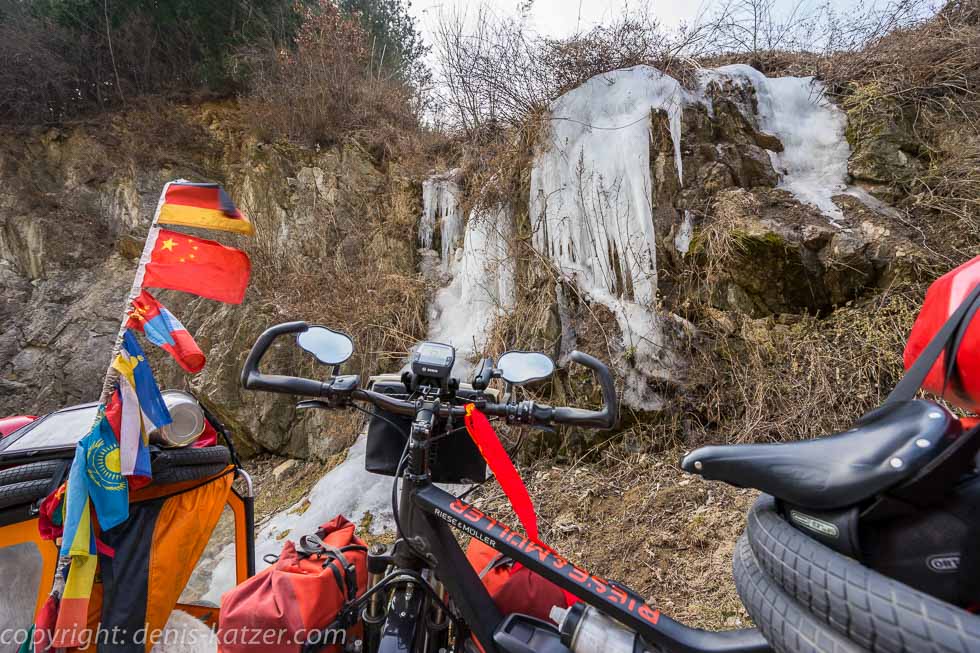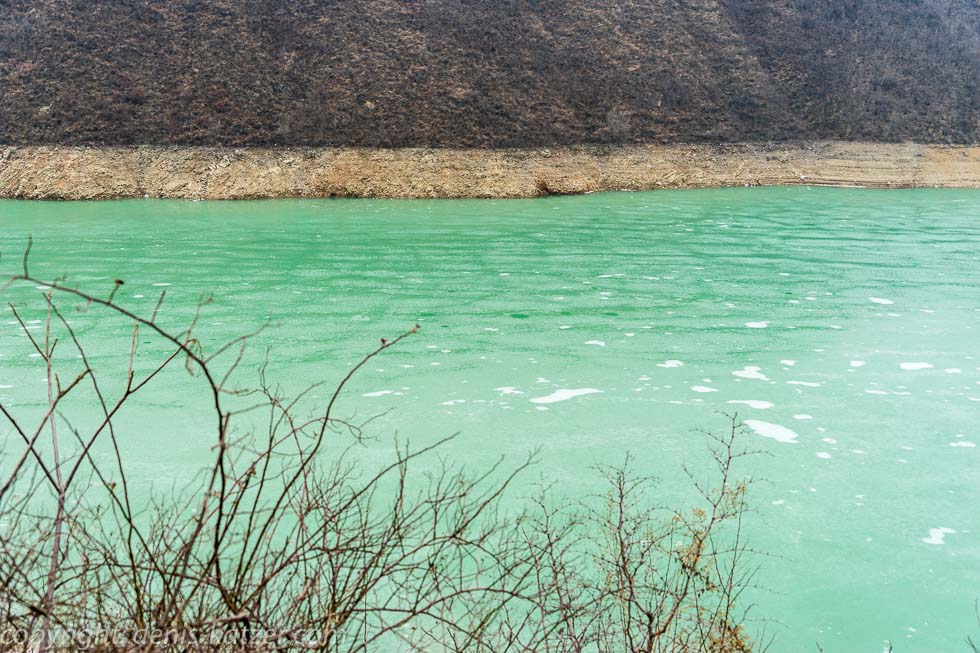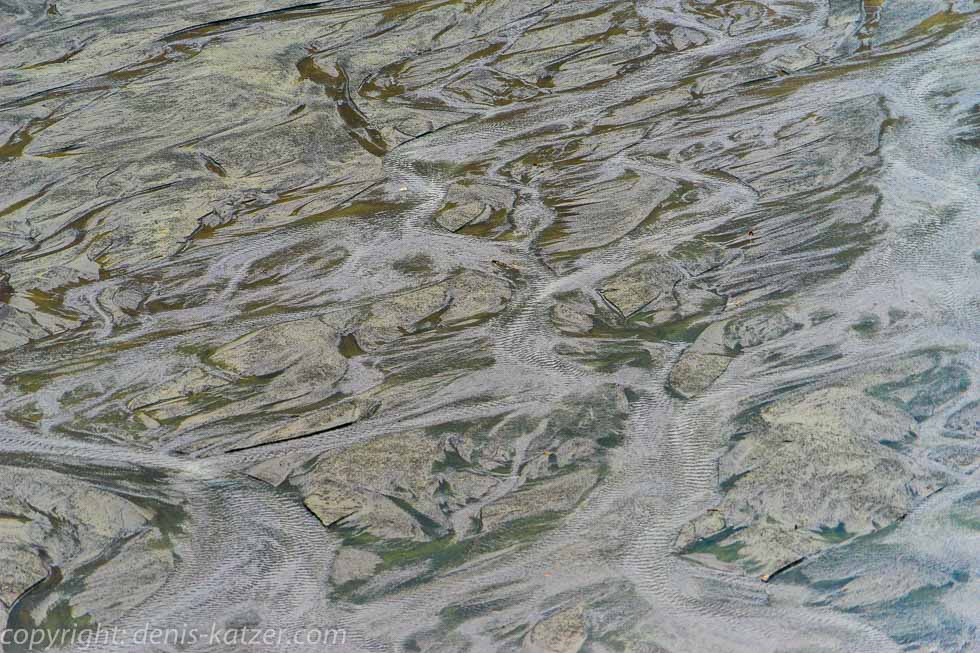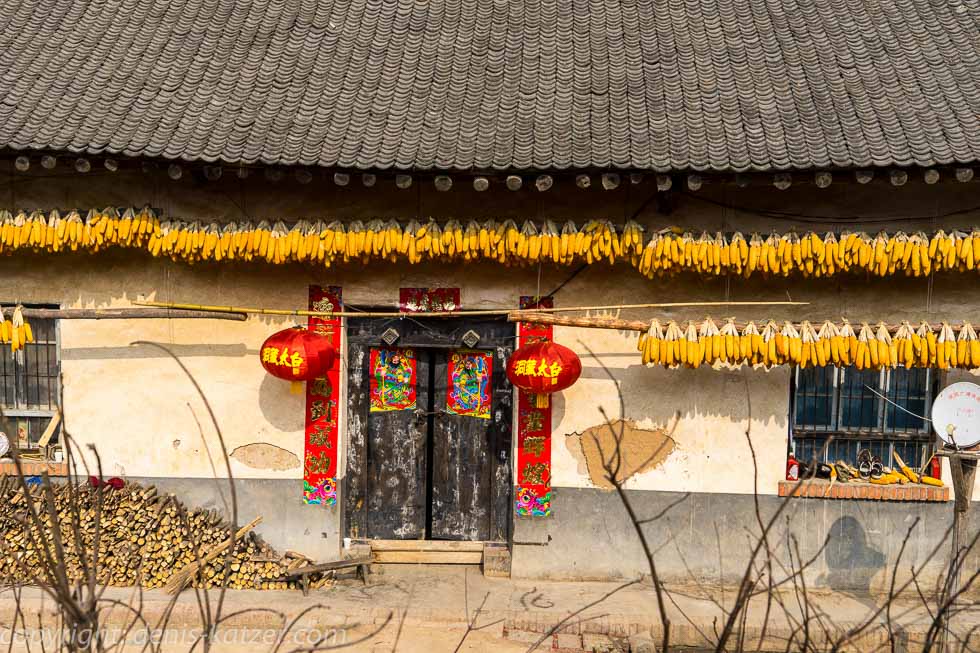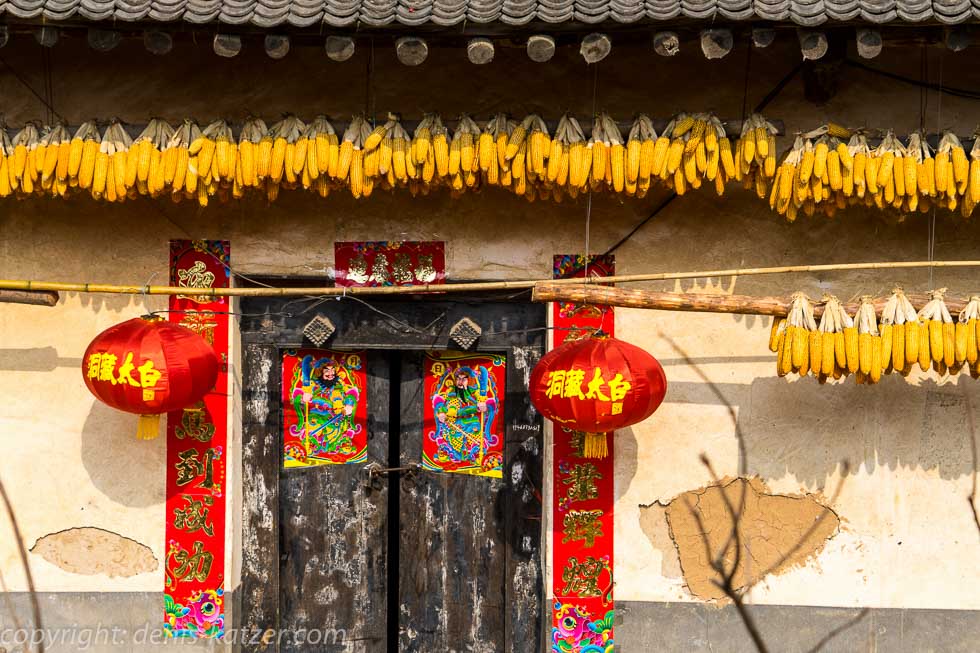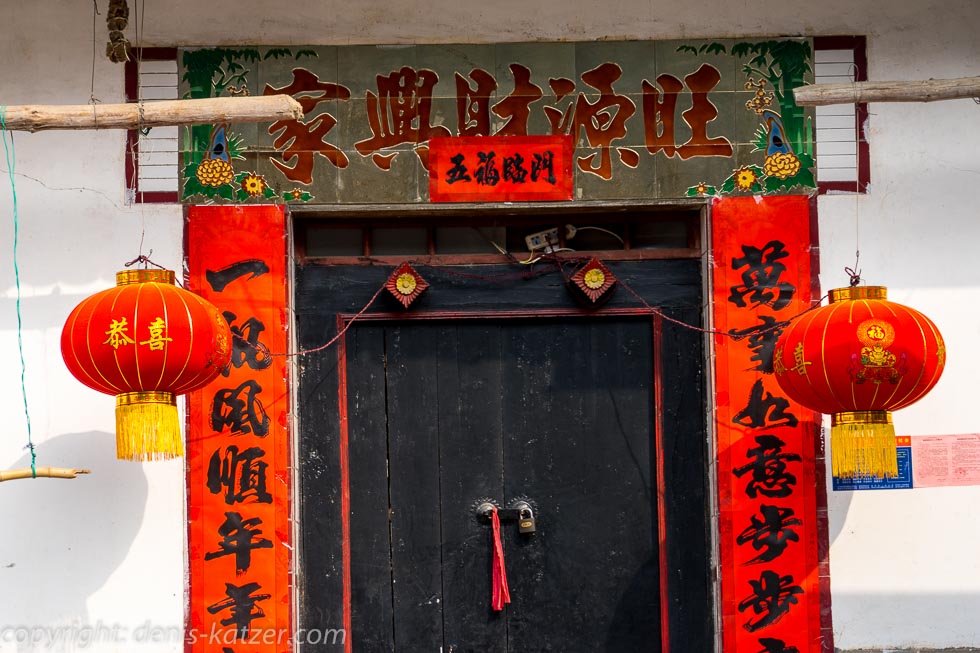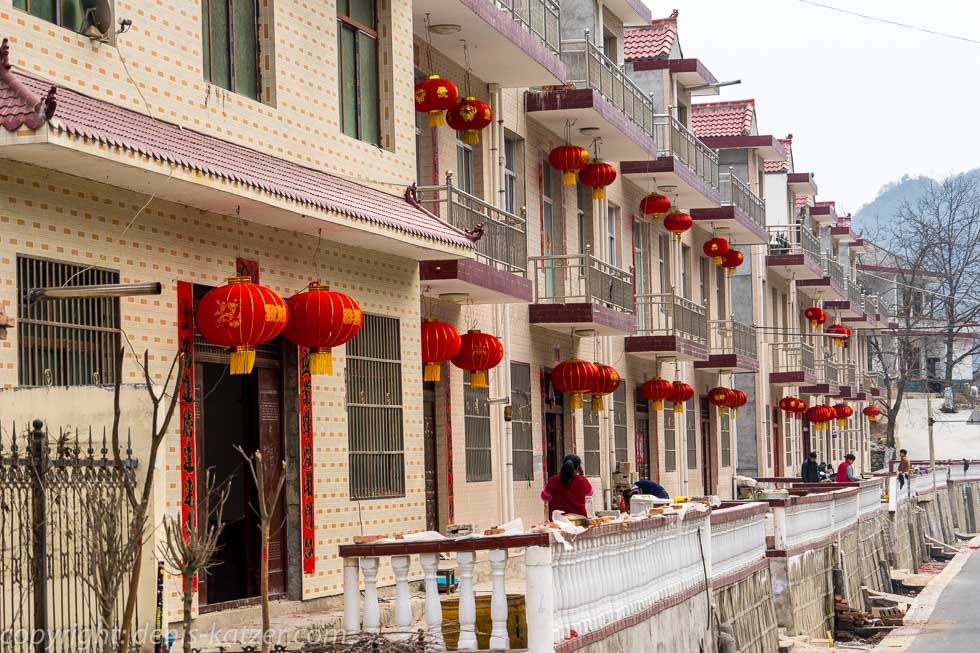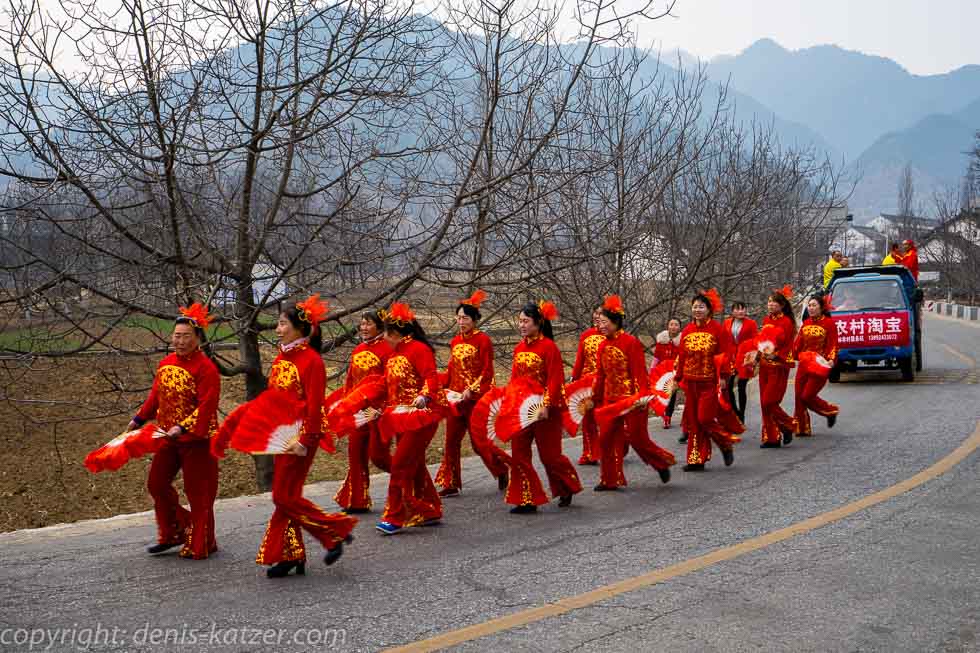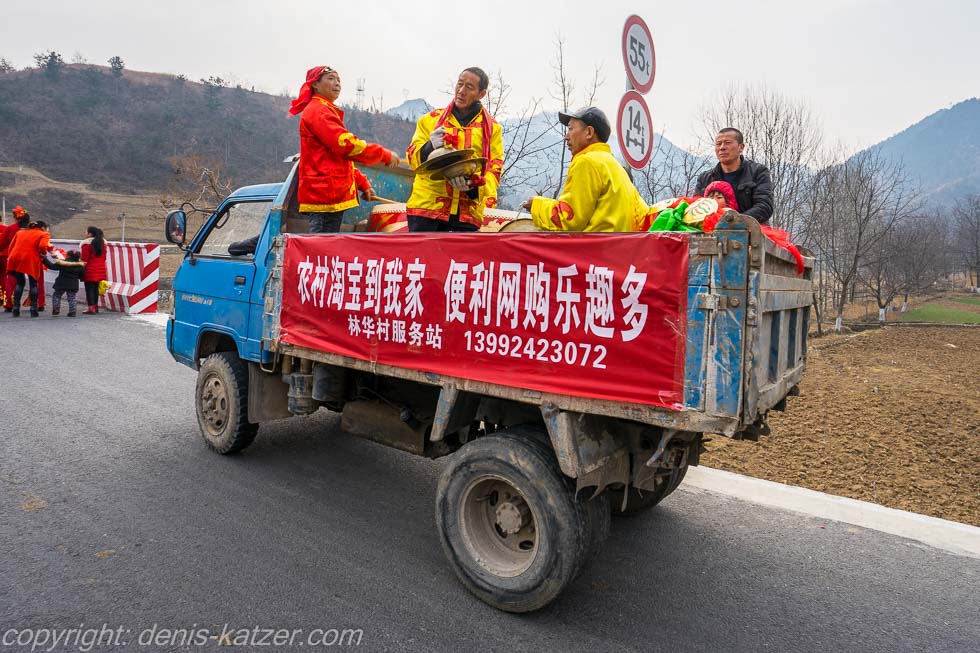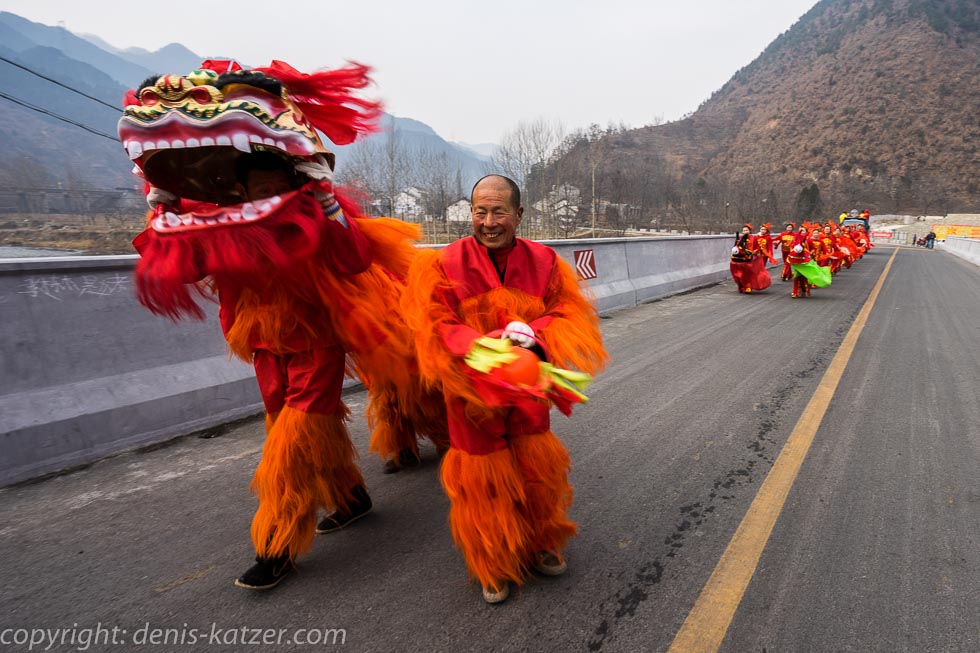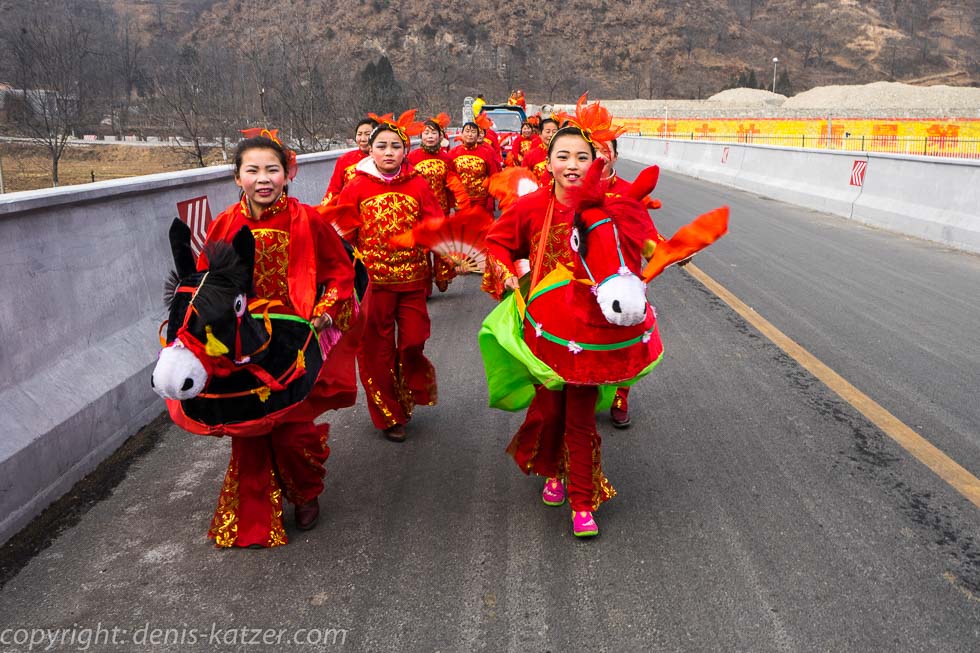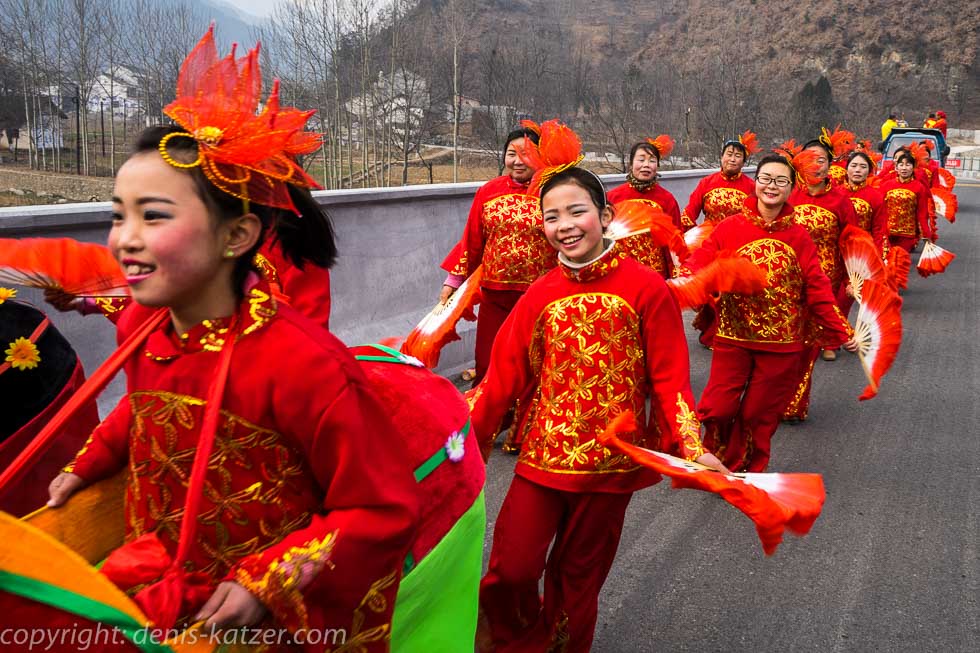
Dancing dragon lions and glowing lanterns
N 33°31'46.0'' E 109°22'18.9''
Date:
10.02.2016 until 11.02.2016
Day: 226-227
Country:
China
Province:
Shaanxi
Location:
Fenghuangzhen
Latitude N:
33°31’46.0”
Longitude E:
109°22’18.9”
Daily kilometers:
112 km
Total kilometers:
11,947 km
As the crow flies:
64 km
Average speed:
23.4 km/h
Maximum speed:
46.3 km/h
Travel time:
4:47 hrs.
Soil condition:
Asphalt
Maximum height:
1.500 m
Total altitude meters:
16.748 m
Altitude meters for the day:
918 m
Sunrise:
07:32 a.m. – 07:31 a.m.
Sunset:
6:20 pm – 6:21 pm
Temperature day max:
11°C
Temperature day min:
4°C
Departure:
09:20 a.m.
Arrival time:
4:30 pm
(Photos of the diary entry can be found at the end of the text).
Today it’s finally time for our journey to continue. As we are also allowed to load our bikes in the lobby, it is a comfortable start. We say goodbye to Claudia and her mother Ren Fangzhen. “It’s a shame you have to leave already,” she says. “That’s all right,” I reply with a laugh, because we’ve been waiting 18 days for our drawbar bracket in this house. “Zaijian!” (Goodbye), we say goodbye. “Zaijian!” “Zaijian!” the two call after us as we roll through the dark alleyway between the canyons of houses to the street.
Shangluo is soon behind us and because we are still in the never-ending mountain range, we are constantly going up and down. Some of the rivers and small dammed lakes are completely frozen over. Their green-blue ice surfaces reflect the gray morning sky. Up at 1,500 m, the streams have frozen to ice. We stop to take a short break and check the new drawbar suspension. “Everything fits,” I say contentedly.
We are gliding through a valley when we see a red bouncing dot in front of us. “What’s that?” wonders Tanja. On approaching, the strange creature turns out to be a dragon-like lion that twitches ecstatically to the strange sounds of drums and marching cymbals, opens its mouth and dances across the street. We immediately stop to watch the little spectacle. As soon as a car approaches, it is stopped by the dancing lion’s helpers. They tie a red lucky ribbon to the wing mirror and receive a few yuan in return. This is how the two people under the red lion costume, the three musicians and four car owners, earn their money today. According to legend, the eminent Emperor Qianlong (1711 to 1799) of the Qing Dynasty (1616 to 1911) had a strange dream of a mysterious creature with a horn growing from the middle of its head. The mythical creature stood opposite him and intimidated the emperor. With a twinkle in its eye, it suddenly disappeared again. The very next morning, he summoned his scholars and servants. He reported his dream and had it examined for its meaning. It was concluded that it was a lion who wanted to make the ruler understand that he was on an equal footing with him. Qianlong immediately named the lion Ruishi, which translates as imperial guardian lion or lucky lion. An attempt was now made to bring the lion to life by combining various choreographies of dance steps with martial arts movements. Over the years, this is how the dance of the lion that we see today on the mountain road came about. The car owners also tie a red ribbon to our handlebars for a few yuan. As we drive on, the lion opens its mighty mouth and winks at us with its flashing eyes.
Just a few kilometers further on, we are greeted by the sound of drums and the clatter of marching cymbals. Another lion leaps across the street, motivated to dance by a lion tamer. This time, a whole procession of dancing young girls and women follows the mythical creature. They laugh at us and are delighted when we stop to take their picture.
We continue our journey across the endless mountain world in high spirits. In the small villages that we pass through from time to time, two red lanterns hang in front of the entrances to huts and houses as a symbol of good luck. The politician and strategist Zhuge Liang invented it around 1,800 years ago (181 to 232 AD) when he was surrounded by enemies during a military operation. To let his allies know where he was, he made lots of lanterns out of bamboo sticks and thin paper. He used fabric soaked in kerosene, which he lit on fire, as a source of buoyancy. The air in the paper envelope heated up and expanded, so that the small flying objects rose and traveled long distances, just like today’s hot air balloons. In fact, the location information it contained was found by his allies. They rushed over and freed him and his soldiers. Since then, Zhuge Liang has been regarded as a hero and
God worshipped. He is regarded as a very wise man who remained close to the people and free of corruption even when he was chancellor.
Claudia had told us that the color of the lanterns informs about different events of the inhabitants of the house. A white lantern means that someone may have died there. The color blue tells of possible illness and the color red informs of an upcoming wedding, birth or is used as decoration for the New Year, spring or moon festival. In ancient China, the size of the lanterns reflected the social status of the inhabitants of the house. Even today, huge red lanterns still hang in front of some government buildings.
We have now been in this fascinating and almost indescribably varied country for five months. No two days seem to be the same. New surprises await us around every bend in the road, behind every hill. Sometimes they are unpleasant encounters, such as the terrible pollution, countless smelly trucks and destitute people. But they are often breathtaking landscapes, such as deserts, mountains, man-made rice and vegetable terraces, historic buildings, old villages, ultra-modern satellite towns, high-rise buildings, shopping malls and gigantic highway constructions. The list is endless, indeed it gives us the impression that it has no end.
After 1,000 meters in altitude and 112 kilometers per day, we reach our accommodation, where we receive a friendly welcome and the staff help us to carry our many bags into the room…
The live coverage is supported by the companies Gesat GmbH: www.gesat.com and roda computer GmbH http://roda-computer.com/ The satellite telephone Explorer 300 from Gesat and the rugged notebook Pegasus RP9 from Roda are the pillars of the transmission.



